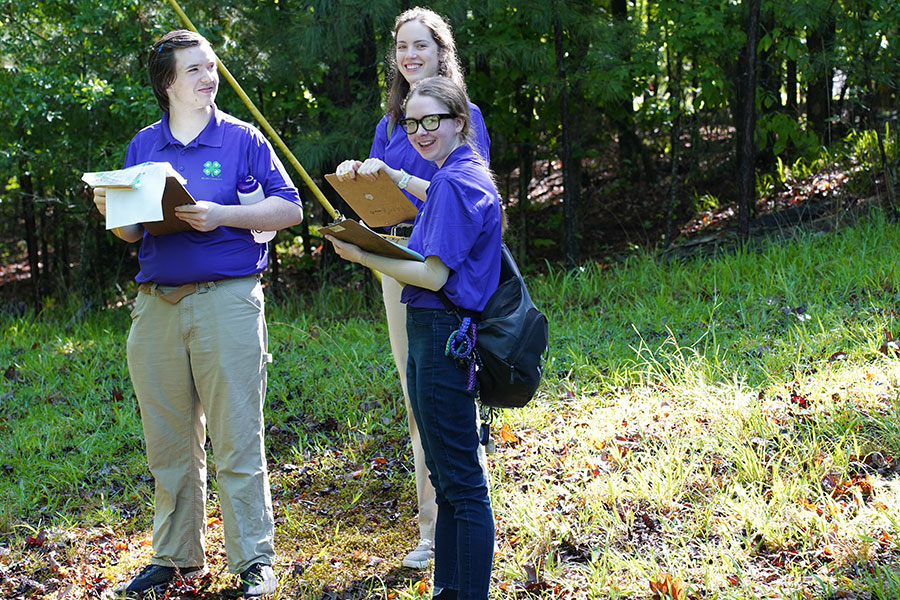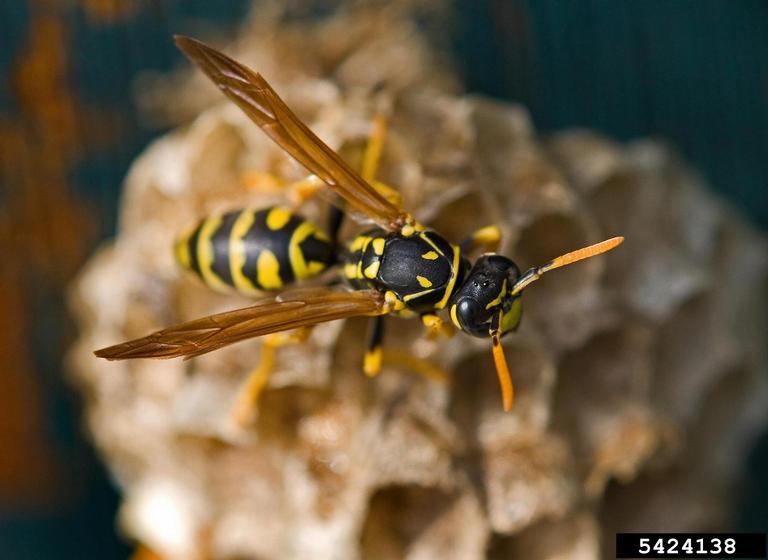Some recent infant deaths may be tied to a household mold. The Centers for Disease Control and Prevention have begun checking into a possible connection between infant pulmonary hemorrhage and the indoor mold Stachybotrys atra.
During the past four years, several infants in Cleveland and Chicago have experienced bleeding from the lungs. Some have died.
CDC investigators haven't conclusively linked the cases with household molds. But they're concerned enough to join with the Environmental Protection Agency to advise parents about pulmonary hemorrhage symptoms.
Don't expose infants to indoor molds, the CDC advises. Toxins from the indoor mold may irritate the lining of infants' lungs. This weakens developing blood vessels, leading to pulmonary bleeding.
The CDC also links the condition with exposure to tobacco smoke; allergy to cows' milk; pneumonia; heart, lung, spleen or pancreas problems; and other infections, allergies and immunological diseases.
"The mold is a black or green-black, slimy species," said Dale Dorman, a housing specialist with the University of Georgia Extension Service.
"Stachybotrys atra grows mainly on materials such as wood and wood-based products, paper or other cellulose products that have become and remain wet," she said. "It isn't found in dry or simply humid places."
Dorman stresses the infant death cases are extremely rare.
"But once a child is infected, it's a death warrant," she said. "I don't want people to run amok with fear over this. But they need to be aware of the problem."
To avoid problems, fix all leaks and get rid of water sources associated with the mold growth, Dorman said. Clean hard surfaces with a solution of bleach and water. Ventilate the area when using chlorine bleach. Let the bleach and water mixture sit for 15 minutes. Then dry the area thoroughly.
"Some experts suggest that people performing the clean-up should wear filter masks and gloves to avoid contact with the mold," Dorman said.
"Discard porous materials that are wet and can't be thoroughly cleaned and dried," she said. "They can remain a source of mold growth."
To learn more about pulmonary hemorrhage or for publications about it, call the CDC at (770) 488-7320.






